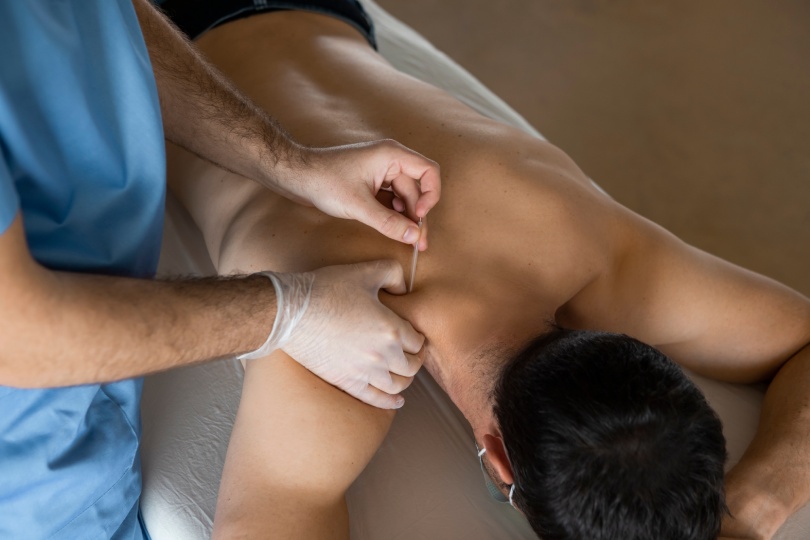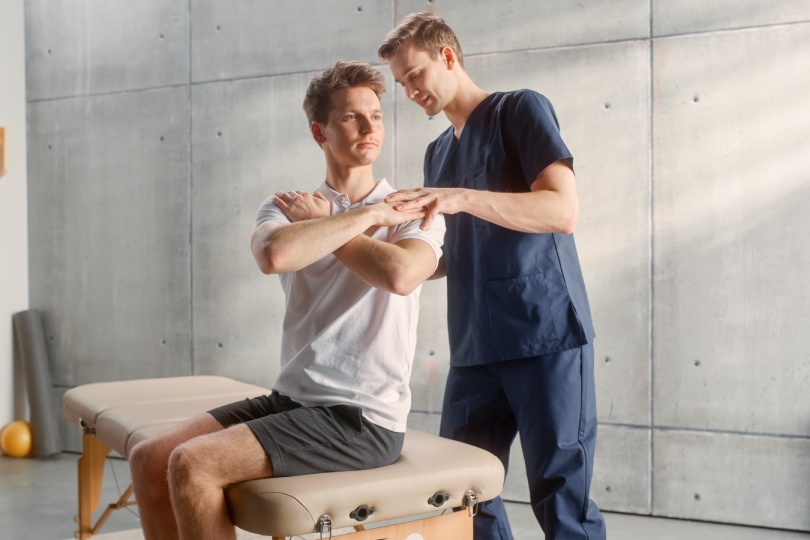Understanding Joint Pain Relief Without Surgery
Joint pain, particularly from conditions such as osteoarthritis, can significantly impact an individual’s quality of life, restricting mobility and daily activities. As the prevalence of joint pain increases, so does the demand for effective, non-surgical pain relief options. Considering the risks and recovery time associated with surgery, exploring non-surgical methods for managing joint pain becomes crucial.
Non-surgical approaches to joint pain relief are diverse and can include medications, lifestyle modifications, physical therapy, and alternative therapies. These methods not only aim to alleviate pain but also strive to improve joint function and overall well-being.
This article delves into various non-surgical treatments that can provide substantial relief and highlights some of the latest advancements in this field.
By understanding these options, you can make informed decisions and find the best Joint Pain Relief Treatment.
Lifestyle Changes and Physical Therapies

Making lifestyle adjustments and engaging in physical therapies can significantly help in managing joint pain, particularly osteoarthritis. One of the simplest yet most effective changes is weight loss. Reducing body weight can alleviate stress on weight-bearing joints like the hips and knees, leading to less pain and improved mobility. This can be especially beneficial for those diagnosed with osteoarthritis in the knee or hip joints.
Incorporating regular exercise routines is another crucial aspect of chronic pain management. Through targeted exercises, individuals can enhance their flexibility and strengthen the muscles surrounding their joints. This not only improves overall functionality but also helps in absorbing the shock during movements, thereby reducing the strain on the affected joints.
Physical therapy plays a vital role in managing arthritis symptoms. A certified physical therapist can design personalized exercise programs that target muscle strengthening around the affected joint. Strengthening these muscles helps absorb some of the mechanical burdens placed on the joint, which can reduce pain and inflammation.
Additionally, the use of braces and splints can offer external support to the joints. These aids are particularly useful for knee arthritis, where stability is a major concern. By providing lateral support, braces can help distribute weight evenly across the joint, enhancing both stability and functionality. This can be a game-changer for many suffering from knee pain, allowing them to carry out daily activities with more ease and less discomfort.
Adopting these lifestyle changes and incorporating physical therapies can make a substantial difference in the management of joint pain, offering a non-surgical pain relief path to relief.
Alternative and Emerging Therapies

In the quest for non-surgical pain relief, many patients and healthcare providers are exploring alternative and emerging therapies that offer innovative solutions. Among these, acupuncture and magnetic pulse therapy are gaining traction. Acupuncture involves the insertion of fine needles at specific points in the body to alleviate pain and promote healing. On the other hand, magnetic pulse therapy utilizes electromagnetic fields to stimulate the body’s natural healing processes, providing effective chronic pain management.
Biologic therapies, such as stem cell and platelet-rich plasma (PRP) injections, are also becoming popular. These treatments use the body’s own biological materials to repair and regenerate damaged tissues. While currently not recommended for advanced arthritis, they show promise in early-stage conditions and can significantly reduce inflammation and pain.
Nerve blocks are another innovative approach for chronic pain management. By injecting anesthetic near specific nerves, this therapy can block pain signals before they reach the brain, offering substantial relief without the need for systemic medications. This method has been particularly effective for managing chronic back pain and arthritis-related pain.
Lastly, regenerative medicine is at the forefront of alternative therapies for joint pain. Techniques like vertebral augmentation and the use of bone cement to stabilize fractures are revolutionizing the treatment of spinal and joint conditions. These minimally invasive procedures help stimulate natural healing and tissue repair, providing significant non-surgical pain relief and improved function.
Embracing Non-Surgical Approaches: The Best Joint Pain Relief

The journey to finding joint pain relief without surgery involves a variety of effective non-surgical options for chronic pain management. From medications and injections, lifestyle changes, physical therapies, to alternative and emerging therapies, patients have multiple avenues to explore. Simple pain relievers like acetaminophen and NSAIDs, as well as cortisone injections and viscosupplementation, are common choices for managing pain and inflammation. Lifestyle modifications such as weight loss and physical therapy can also help strengthen joints and improve mobility.
Alternative treatments, including acupuncture and magnetic pulse therapy, offer additional options for relief. Emerging therapies, like biologic treatments, although still under review for certain conditions, show promise in the future of joint care.
It’s crucial to consult healthcare experts to tailor these treatments to individual needs effectively. As the field of non-surgical pain relief advances, so too does the potential for innovative, non-surgical solutions across various conditions. For those seeking cutting-edge treatments, Altus Spine and Joint Pain Care offers specialized, precision-focused therapies designed to manage and alleviate pain.
With a proactive approach and expert guidance, managing joint pain non-surgically is not only possible but promising for long-term health and mobility.
Discover innovative solutions for chronic pain management without the need for surgery. At Altus Spine and Joint Pain Care, our expert team specializes in interventional pain management, offering advanced procedures like epidural steroid injections, nerve blocks, and PRP therapy. Take the first step towards a pain-free life. Visit us today!






